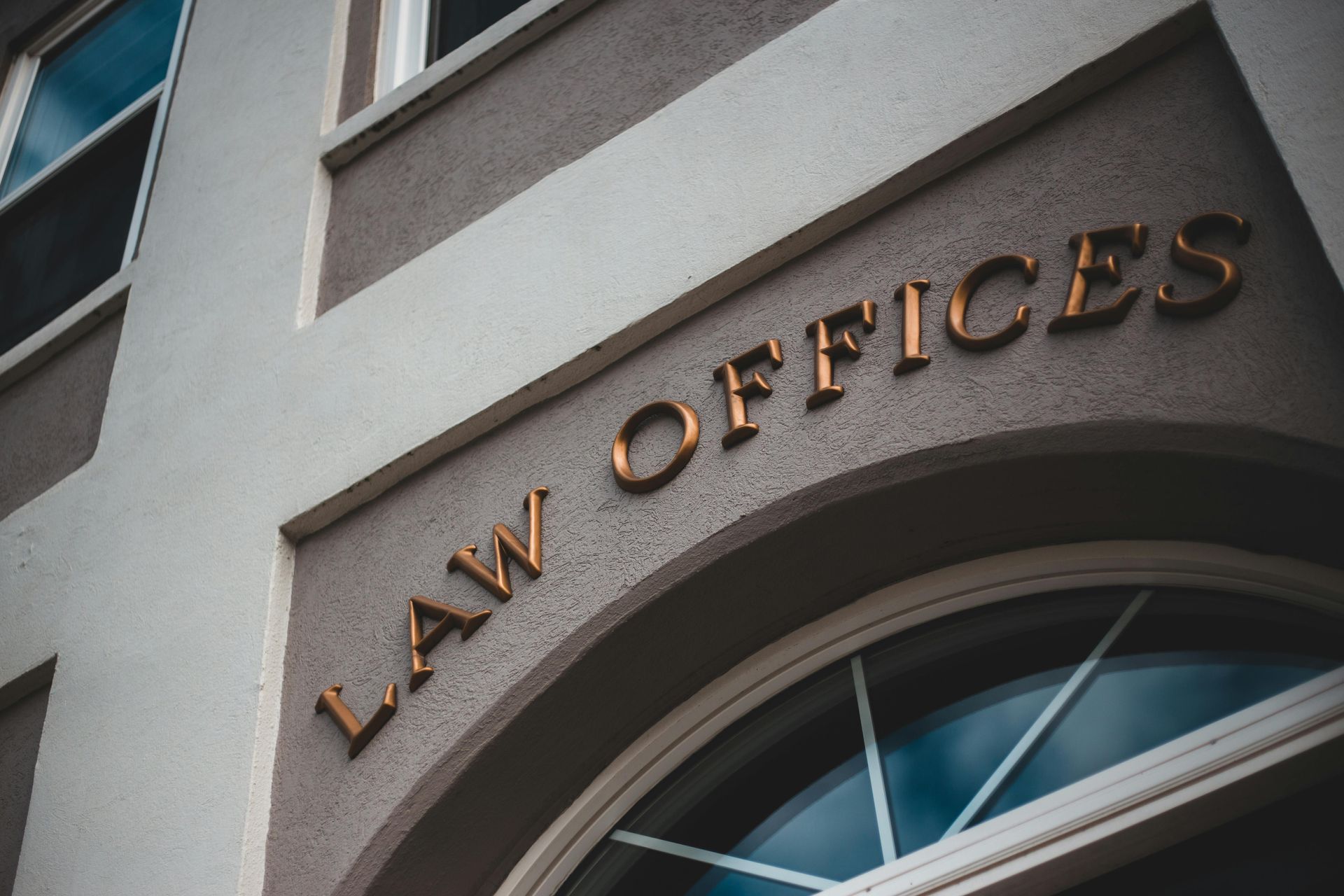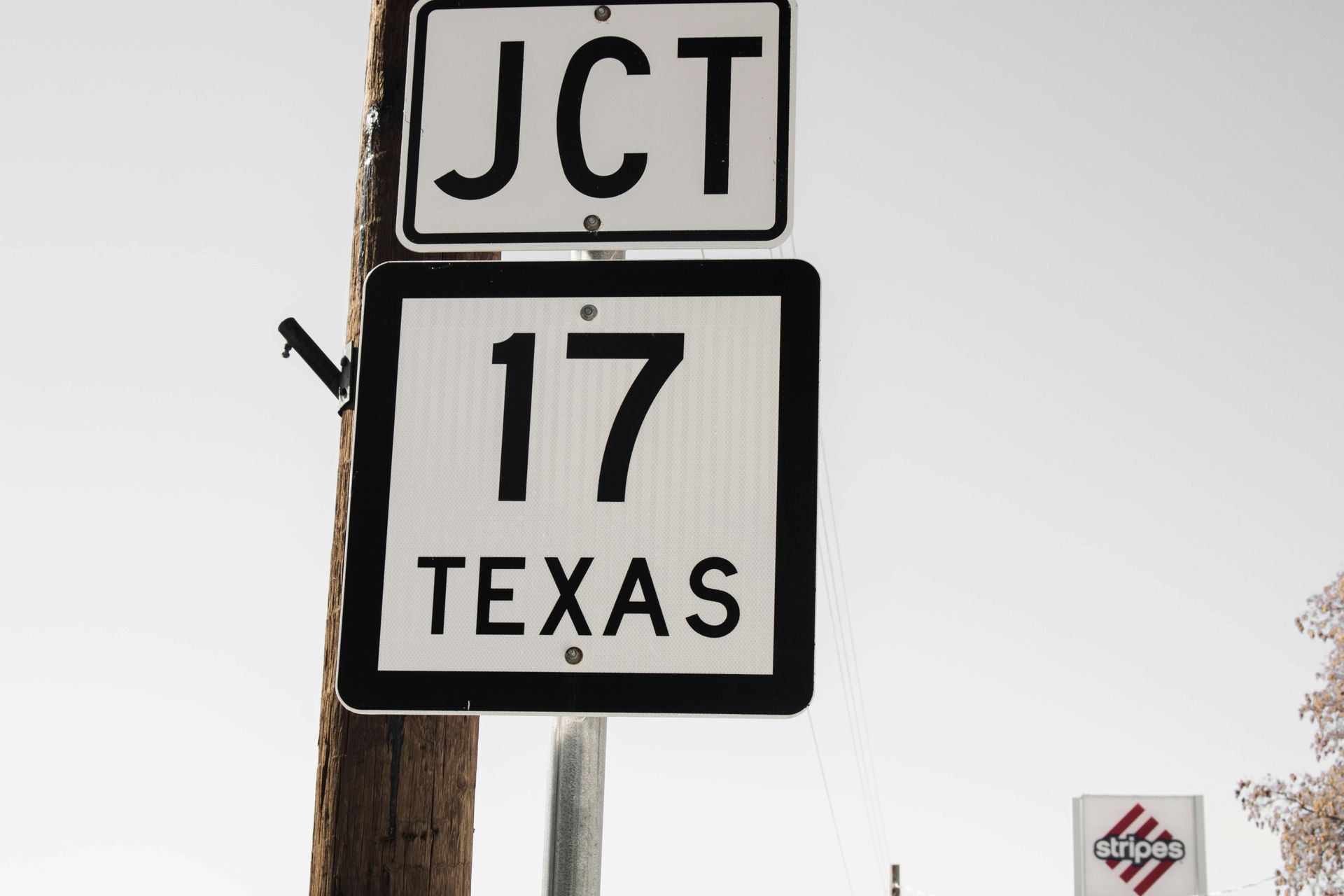Trademark Trial and Appeal Board Proceedings
ATTORNEYS IN DALLAS
Discover the role and functions of the Trademark Trial and Appeal Board at the United States Patent & Trademark Office, including overseeing opposition and cancellation proceedings, concurrent use and interference proceedings, and ex parte appeals, while adhering to various rules and guidelines.
Trademark Trial and Appeal Board Proceedings
The United States Patent & Trademark Office ("USPTO") houses the Trademark Trial and Appeal Board, often referred to as the "Board" or "TTAB." The primary focus of the Board is to oversee trademark opposition and cancellation proceedings. These proceedings are initiated by parties objecting to a trademark application or seeking to challenge the continued registration of a trademark. The party acting as the plaintiff must have a personal stake and a reasonable basis to believe that the trademark application or registration will harm their rights. For more information on this topic, please refer to our webpage titled "The Standing Requirement for Oppositions and Cancellation Proceedings." In addition to opposition and cancellation proceedings, the Board also has jurisdiction over concurrent use and interference proceedings, as well as ex parte appeals.
Concurrent use arises when two parties use similar or identical marks in different geographical regions within the United States. In such cases, the likelihood of confusion in the marketplace is low. Consequently, either party can initiate a proceeding with the Board to request registration that restricts their rights to a specific geographic territory. Interference proceedings, which determine trademark rights between parties, are relatively rare and are no longer commonly utilized. Opposition and cancellation proceedings effectively handle disputes regarding trademark rights among various parties. Lastly, an ex parte appeal involves the applicant and the Examining Attorney. An ex parte appeal may be filed if the Examining Attorney issues a final refusal of the trademark application.
The proceedings at the TTAB are governed by various rules. The Rules of Practice in trademark cases can be found in Title 37 of the Code of Federal Regulations, known as the "Trademark Rules." These rules are adapted from the Federal Rules of Civil Procedure and the Federal Rules of Evidence. Evidentiary matters in TTAB proceedings are subject to the Trademark Rules, the Federal Rules of Evidence, the Federal Rules of Civil Procedure, and specific provisions of Title 28 of the United States Code. Additionally, Board procedures are guided by case law, including decisions made by the Board itself, the United States Court of Appeals for the Federal Circuit, and its predecessor, the Court of Customs and Patent Appeals, as well as the Director of the Patent & Trademark Office.
It is important to note that the decisions made by the Board are limited to trademark registration and do not directly address trademark use. If a party is dissatisfied with the Board's decision, there are options for appeal. One option is to file an action in the U.S. District Court for a review, which allows for the introduction of new evidence. Another option is to appeal to the United States Court of Appeals for the Federal Circuit, but this limits the party to the record developed by the Board. It is worth mentioning that the Federal Circuit is not bound by the Board's decision, whereas the Board must follow the decisions of the Federal Circuit.
Lastly, if a party believes that the Board or an Examining Attorney has made a clear error, they may file a Petition to the Director of the Patent and Trademark Office. Petitions may be appropriate in various circumstances, such as when a Request for an Extension of Time to File the Notice of Opposition is denied, when a party disagrees with a non-final order of the Board, or when a party seeks to have specific trademark rules waived or suspended. However, petitions to the Director are relatively uncommon. Trademark owners should keep in mind that litigation is expensive and there is no guaranteed outcome, whether before a federal court or the Board. Therefore, it is advisable to consider settlement options before proceeding with litigation.
Contact an Experienced Trademark Attorney
If you need legal advice regarding your trademark rights, assistance with trademark prosecution, or representation in a domain name dispute, contact Wilson Whitaker Rynell. Our team of trademark lawyers has extensive experience in all aspects of trademark and copyright law, including the filing of trademark applications and representing clients in defense or prosecution before the Trademark Trial and Appeal Board.
Trademark Resources & Services
- Trademark Overview
- Trademark Registration
- Trademark Licensing
- Trademark Infringement
- Trademark Protection
- Trademark Coexistence
- Trademark Guidelines
- Trade Dress Protection
- Trademark Oppositions & Trademark Cancellations
- Cybersquatting
- UDRP Domain Name Proceedings
- Trademark Portfolio Management
Need any help?
Getting in touch is easy. Use the form below and request a free consultation today.
Industry Resources & Services
- Alcohol & Beverage Law
- Blockchain Law
- Cosmetics Product Law
- Crypto-currency Law
- Cyber-security Law
- Digital Marketing
- eCommerce Law
- Energy Law
- Fashion Industry Law
- Health Technology Law
- Oil & Gas Law
- Product Industry Overview
- Professional Services law
- Real Estate Development Law
- Restaurant Services Law
- Retail Business Law
- Software Industry Law
- Sporting Goods Law
- Technology Law
- Video Gaming Industry Law
Trademark Resources
- 66(a) Applications
- Abandoning a Trademark Application or Withdrawing a TTAB Proceeding
- Abandonment and Nonuse
- Abbreviations as Trademarks
- Accelerated Case Resolutions
- Acquired Secondary Trademark Meaning
- Amending Trademark Application
- Assigning a Trademark
- Assigning a Trademark and the Intent to Use Application
- Avoiding Fraud on Trademark Applications
- Avoiding Trademark Litigation
- Basis for Filing a Trademark
- Benefits of Registering a Trademark
- Bona Fide Intent to Use
- Celebrity Trademarks
- Challenging the Relatedness Factor
- Challenging Trademark Rights
- Claims in a Notice of Opposition
- Co-Existence Agreements
- Common Law Trademarks in the Internet Era
- Common Law Use and Priority
- Conflicting Marks
- Consent Agreements
- Constructive Use Priority
- Dates of Use
- Defenses in Opposition and Cancellation Proceedings
- Descriptive or Generic Trademarks
- Design Marks
- Design Trademarks
- Determining Trademark Similarities
- Discovery in TTAB Proceedings
- Dividing a Trademark Application
- Drawing Page
- Electronic Display Specimens for Trademarks
- Evidence in TTAB Proceedings
- Evidence of Acquired Distinctiveness
- Expediting Trademark Cancellation for Nonuse or Abandonment
- Extending Time to Oppose
- Factors of a Likelihood of Confusion Analysis
- False Suggestions of Connection
- Famous Trademarks and Likelihood of Confusion and Dilution
- Filing an Opposition or Cancellation Proceedings
- First Sale Doctrine
- Five Years of Use
- Foreign Trademark Rights
- Generic Trademarks
- Geographic Trademarks
- Hiring Trademark Counsel
- Immoral and Scandalous Trademarks
- Incontestability of U.S. Trademarks
- International Trademark Filings
- Joint Trademark Ownership
- Lawful Use of a Trademark in Commerce
- Likelihood of Confusion Analysis
- Likelihood of Confusion Refusal
- Merely Descriptive Trademarks
Trademark Resources
- Multiple Bases for a Trademark Application
- Overcoming and Ornamentation Trademark Refusal
- Personal Name Trademarks
- Principal and Supplemental Registers
- Protecting Single Creative Works
- Recording Trademark Assignments
- Refusal of a Trademark
- Refusing a Trade Dress Application
- Registering a Certification Trademark
- Registering a Service Mark
- Registering a Trademark That Lacks Inherent Distinctiveness
- Registering an International Trademark
- Relatedness of Goods or Services
- Request for Reconsideration in Trademark Office Action
- Requirements for International Trademark Application
- Revive an Abandoned Trademark Application
- Secondary Meaning
- Source Confusion
- Special Trademark Applications
- Standard Character and Special Format Marks
- Standing in Opposition and Cancellation Proceedings
- State Trademark Registration
- Statement of Use Extensions
- Tacking Doctrine
- Technical Trademark Use
- The Supplemental Register
- Trade Dress
- Trade Dress Application
- Trademark Application
- Trademark Clearance Searches
- Trademark Disclaimers
- Trademark Licensing
- Trademark of Authors, Performing Artists, and Characters
- Trademark Ownership
- Trademark Protection In Texas
- Trademark Settlements
- Trademark Specimens
- Trademark Specimens
- Trademark Use by Related Company
- Trademark Use in Advertising
- Trademark Use in Commerce
- Trademarking a Distinctive Mark
- Trademarking a Hashtag
- Trademarks for Musical Artists
- TTAB Discovery Rules
- TTAB Proceedings
- U.S. Service Mark
- U.S. Trade Dress
- Understanding Trade Channels
- Unitary U.S. Trademark
- Universal Symbols as Trademarks
- Using Secondary Sources
- What is an Ex Parte Appeal?
- Where to Register a Trademark
- Who Must File a Trademark?
CLIENT MATTERS
5,000+
YEARS OF SERVICE
25+
Award Winning
Recognized in the legal industry as dedicated board-certified lawyers and Rising Stars.
Expert Team
Your project will be handled by legal experts every time. You will have the most experienced attorneys working for you.
Quality Representation

Let's talk about your legal issue
Wilson Legal Group P.C.
d/b/a Wilson Whitaker Rynell
(972) 248-8080 (Dallas) MAIN OFFICE
(713) 830-2207 (Houston) Appointment Only
(512) 691-4100 (Austin) Appointment Only
For more information on how we can assist in your intellectual property, commercial litigation, divorce, or other personal needs, let us know how we can help you:
How Can We Help You?
WILSON WHITAKER RYNELL
Thank You for Contacting Us!
Your information has been sent, and we will contact you shorlty...issues.
WILSON WHITAKER RYNELL
Oops, there was an error sending your message.
Please try again later.
Disclaimer:
This form does not establish an attorney-client relationship, and should only be used to contact the firm about scheduling a call or meeting. No confidential or sensitive information should be sent using this form.
We represent clients nationwide, including Dallas, Austin, Houston, and other Texas areas such as Fort Worth, Arlington, Carrollton, Plano, Allen, Lewisville, Flower Mound, Irving, Denton, McKinney, North Richland Hills, and all cities within Dallas County, Tarrant County, Collin County, and Denton County.
OFFICES
ABOUT
CONTACT
BLOG
Wilson Whitaker Rynell
16610 Dallas Parkway, Suite 1000
Dallas, Texas 75248
972-248-8080 (MAIN)
972-248-8088 (FAX)
info@wrrlegal.com (E-MAIL)










